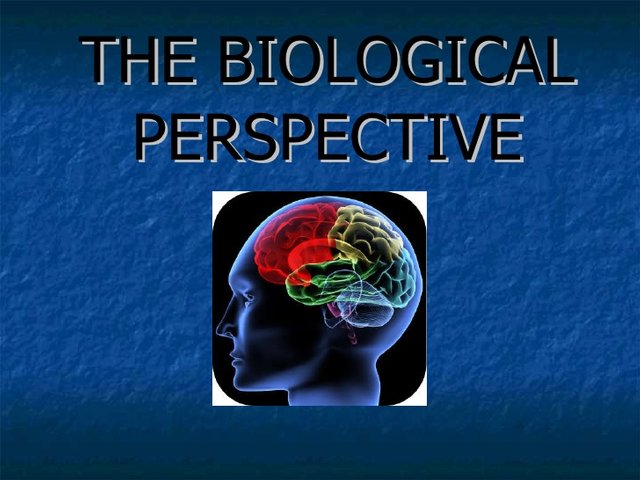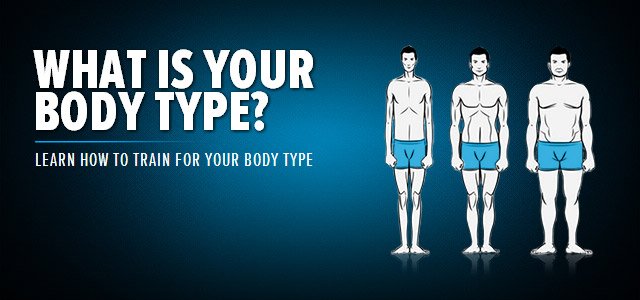The Truth About Human Nature and Its Biological Perspective
The Truth About Human Nature and Its Biological Perspective

Image Source
We are all biological creatures, the aftereffect of five billion years of chemical advancement here on Earth. Over the span of regular day to day existence, we don't conventionally think about the connection amongst mind and body. Especially when we are youthful, our physical matrix usually murmurs along so easily that its capacities are totally straightforward. Our existence appears to be more similar to that of a soul held within a body, not that of a self that rises up out of a complex physical association of neurons conveying chemically crosswise over neurotransmitters.
So strong is the fantasy that philosophers have discussed for a considerable length of time whether the universe is at last made out of mind or matter or both. To us, our minds appear to be self-contained, and our will free. Since our decisions dependably appear to be our own, we can't envision that our bodies are anything more than vessels. No big surprise, at that point, that numerous religions keep up that each of us has an immortal soul that getaways upon the body's end. From the point of view of science, humans are psychological, social, and biological beings.
In that capacity, our will is neither totally decided nor totally free, however compelled by influences that cut over each level of association in nature. Biological influences on personality might be thought of as being either proximal or distal. Distal influences begin within our genetic code and frequently concern acquired characteristics transmitted as part of the transformative history of our species. Numerous such characteristics are sociobiological. These exist in light of the fact that genetic recombination couldn't exist without sexuality.
As an essential for development, we are gendered beings who look to expand the portrayal of our own genes in the gene pool. Generally, the influence is unobtrusive, yet even among human beings, males have a tendency to be more forceful, prevailing, and regional, and females have a tendency to be additionally minding, nurturant, and social. Such propensities are just feebly communicated among normals, yet some personality disorders do exaggeration their sex-role stereotype, quite the antisocial and narcissistic personalities among males and the reliant and histrionic personalities among females.

Image Source
Other biological influences in personality concentrate on proximal causes, influences that exist since we are perplexing biological systems. At the point when the structures that underlie behavior contrast, behavior itself is influenced.
Two Important Concepts of Personality
Temperament
Constitution
Temperament
Similarly as everybody has a personality, everybody has characteristic patterns of living and carrying on that, all things considered, are forced by biology. Every child enters the world with a particular pattern of dispositions and sensitivities. Mothers realize that newborn children vary from the minute they are conceived, and keen parents see contrasts between progressive children. A few newborn children have a customary cycle of elimination, hunger, and sleep, while others shift unusually. Some turn erratically in their sleep; others lie gently alert in feverish environment.
A significant number of these distinctions hold on into adulthood. A few people wake up gradually, and others are wide conscious nearly when their eyes open. The word temperament came into the English language in the Middle Ages to mirror the biological soil from which personality creates. Temperament is in this way a basic biological potential for behavior, seen most clearly in the overwhelming mood or emotionality of individuals and in the power of their activity cycles. Temperament is the sum of acquired biological influences on personality that show coherence over the life span.
A case can positively be made that temperament is more imperative than different domains of personality and more inescapable in its influence. Since our physical matrix exists before different domains of personality rise, biologically inherent behavioral propensities acquire and bar other conceivable pathways of advancement that may grab hold. Along these lines, requesting newborn child may develop into an ambassador acclaimed for tranquilly understanding the issues on all sides, the situation is anything but favorable for it.
Thus, a child whose personal tempo is slower than normal is probably not going to build up a histrionic style, and an unusually pleasant baby is probably not going to build up an antisocial personality. Consequently, biology does not decide our adult personality, but rather it constrains improvement, channeling it down certain pathways as opposed to others, in communication with social and family factors.
Constitution
Constitution alludes to the total philosophy on which something is built. The chief early type of this approach was Ernst Kretschmer, who built up a grouping system in view of three fundamental body types.

Image Source
3 Human Body Types
Thin
Muscular
Obese
Each of these types was related with certain personality traits and psychopathologies. As indicated by Kretschmer, the obese were arranged toward the improvement of manic-depressive sickness, and the thin toward the advancement of schizophrenia. Kretschmer additionally believed that his types were related with the expression of normal traits. Thin types were believed to be timid, introverted, and ailing in personal warmth, a less extraordinary adaptation of the negative side effects showed by pulled back schizophrenics. Obese people were considered as friendly, gregarious, and interpersonally needy, a less outrageous variant of the moody and socially sensitive manic-depressive.
Kretschmer's work was proceeded by Sheldon, who saw similitudes between the three body types and the three basic layers of tissue that make embryo.
3 Embryonic Layer of Tissue
Mesoderm
Ectoderm
Endoderm
The endoderm forms into the delicate parts of the body, the mesoderm eventually forms the muscles and skeleton, and the ectoderm forms the nervous system. Each embryonic layer compares to a particular body type and is related with the expression of certain normal-extend personality characteristics. As needs be, endomorphs, who incline toward obesity, were believed to be admirers of solace and to be socially warm and goodwilled. Mesomorphs, who usually take after competitors, were believed to be aggressive, vivacious, emphatic, and bold. Ectomorphs, who incline toward thinness, were believed to be introversive and controlled yet additionally mentally extraordinary and eager.
Body types is never again powerful in personality theory. As opposed to ponder the total association of the body, specialists have started to look at the role of individual anatomical structures in detail, which lie in the human brain.

Image Source

References:
Personality Disorders in Modern Life
By: Theordore Millon
We all have a destiny